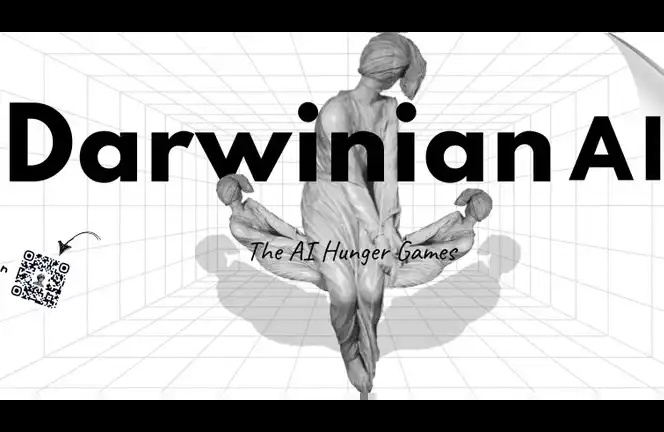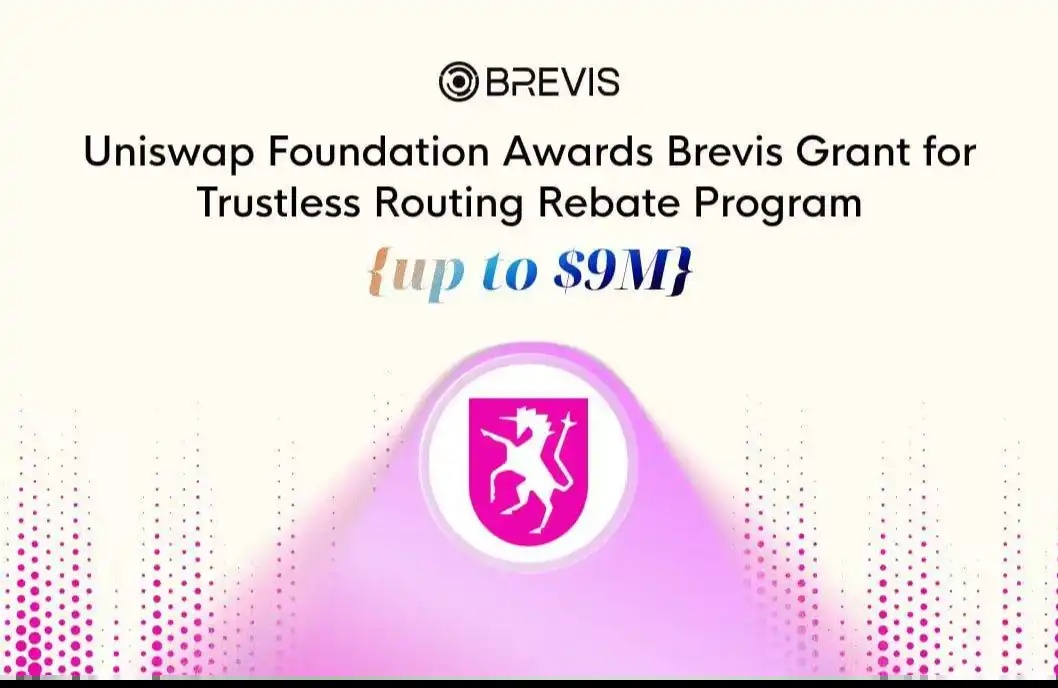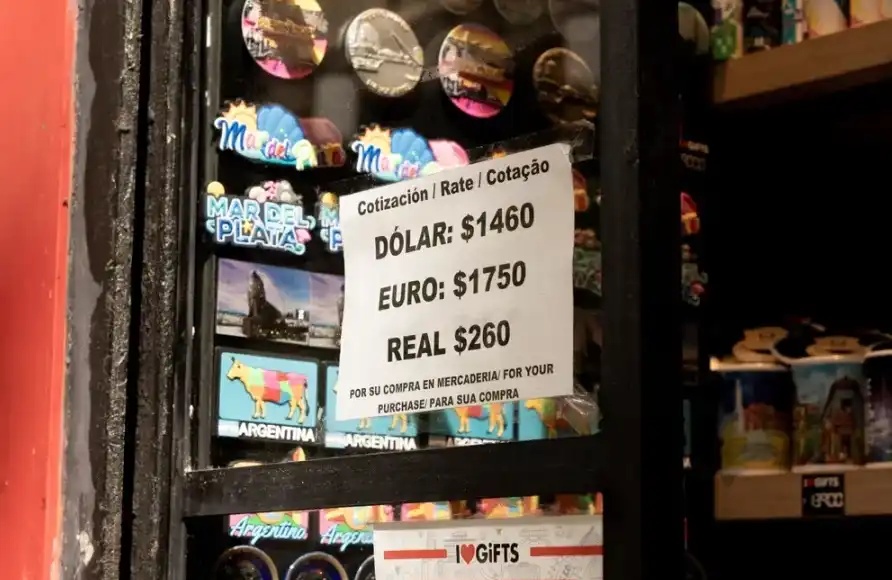Interpretation of Blend White Paper: How to release liquidity for NFT through mortgage lending?
Original title: " A quick look at the Blend white paper: How to unlock liquidity for NFT through lending? "
Original author: JamesX
1. Overview
This article introduces Blend: a peer-to-peer perpetual lending protocol that supports any collateral including NFT. It does not rely on oracle machines and has no loan settlement date, allowing borrowing positions to remain open indefinitely until liquidation, with interest rates determined by the market.
2/ Blend uses a sophisticated off-chain offer protocol that connects users who want to borrow against their NFT collateral with those who are willing to offer the most competitive interest rates Match any lender.
By default, Blend loans have a fixed interest rate and never expire. Borrowers can repay at any time, and lenders can exit their borrowing positions by triggering a Dutch auction to find new lenders at new rates.
3/ If the auction fails, the borrower will be liquidated and the lender will take possession of the collateral.
Blend has been implemented by Blur core contributors. In their implementation, some protocol parameters, such as protocol fees, are controlled by the DAO governance mechanism of the BLUR token, described in more detail below.
2. Motivation
4/ There are already a large number of platforms that support NFT lending. Popular models include perp-like protocols like Floor Perps and papr, pool lending protocols like BendDAO and Astaria, and peer-to-peer protocols like NFTfi and Backed.
5/ Blend is most similar to the peer-to-peer model, but with some important differences to improve the borrower experience. Instead of exhaustively examining the details of all NFT-backed lending protocols, we analyze some commonly applied design mechanisms and how Blend differs from them.
6/ A. No oracle required
Some of these protocols require a quote oracle to determine when a position should be liquidated or to determine an interest rate. But the price of a single NFT is difficult to measure objectively. Even floor prices are often difficult to measure on-chain. Solutions often either involve a trusted third party, or may be manipulated by trading strategies.
7/ Blend avoids any reliance on oracles in the core protocol. Interest rates and loan-to-value ratios are determined by whatever terms the lender is willing to offer. The liquidation was triggered after a failed Dutch auction.
8/ B. No expiration date
Some agreements only support debt positions with specific maturities. This is inconvenient for borrowers who need to remember to close or roll over their positions before maturity (or risk severe penalties like forfeiting their NFTs). The process of manually rolling positions also consumes Gas fees, which also reduces the income of borrowing.
9/ As long as there is a lender willing to lend with collateral, Blend will automatically roll over the next borrowing position. On-chain transactions are only required if interest rates change or one of the parties wants to exit a position.
10/ C. Liquidability
Some protocols do not support liquidation before maturity. This is convenient for borrowers and reasonable for many use cases. But by effectively giving the borrower a put option, the lender needs a shorter maturity, high interest rate or low loan-to-value ratio to compensate for the risk that the position may go bust.
But in Blend, as long as the lender triggers the refinancing auction, no one is willing to take over the debt at any interest rate, and the NFT may be liquidated.
11/ D. Point to point
Some protocols pool lenders' funds and attempt to manage risk for them. This often means relying heavily on on-chain governance or centralized administrators to set parameters. This also makes it difficult to unconditionally back long-tail assets as collateral.
12/ Blend adopts a peer-to-peer model, and each loan is matched individually. Blend does not optimize for lender ease of use, but instead assumes the existence of more rational lenders who can participate in complex on-chain and off-chain agreements, assess risk, and use their own capital.
Three, mechanism design
13/ In this section, we build this set of platform protocols step by step, starting with a simple peer-to-peer fixed-rate lending protocol, and gradually adding adaptability to allow efficient rollover of low gas fees and market discovery of floating rates.
14/ A. Fixed term loans
First, let's imagine how our protocol would work if we had loans that matured instead of forever.
We start with the lender. Lenders sign an off-chain offer to lend a principal amount of ETH at a specified interest rate and maturity, collateralized by any specified series of NFTs. They make it public (for example, by posting it to an off-chain quote repository).
15/ The borrower has an NFT that they would like to borrow. They browse the available off-chain offers and select a suitable one that matches the terms they are interested in. They then create an on-chain transaction, honor the lender's offer, place their NFT in a lien vault, and transfer the principal from the lender to themselves.
16/ Before the due time, the borrower can pay the lender the repayment amount (calculated as the loan amount plus interest), which closes their position and allows them to withdraw their collateral. After the due date, if the loan is not repaid, the lender can repossess the collateral.
Please note: If the value of the NFT is already lower than the repayment amount, the borrower can choose not to repay the loan.
17/ B. Refinancing Auction Mechanism
In the above mechanism, if the borrower forgets to repay the loan before it is due, they will lose their NFT, even if the value of the NFT is much higher than the repayment amount. This seems harsh.
In many cases, someone else may be willing to pay the lender the entire repayment amount to take over the loan until a later maturity time, albeit possibly at a higher interest rate.

18/ So instead of simply handing over collateral to the lender, the protocol could employ a Dutch auction for interest rates, but instead engage in a competitive auction process to extend the loan.
At maturity, if the borrower does not repay the debt, a refinancing auction begins at 0% and steadily rises.
19/ Once the auction reaches a rate at which a new lender is interested in lending, the new lender can accept it by submitting their offer on-chain. the new lender pays the old lender full repayment, counted from the moment the auction is completed, and takes over the loan until the new due time (which can be calculated as the current due time plus some agreed term of the loan), Use an auction-determined rate.
20/ C. Liquidation
This Dutch auction has the potential to find no willing lenders, especially if the value of the collateral has fallen to near or below the value of the debt.

21/ Once the auction reaches some defined maximum interest rate (say 1000%) without any new lender stepping in, the protocol deduces that the position is bankrupt or otherwise unenforceable, and imposes a Borrower goes into liquidation. Existing lenders can then send transactions to take title to the collateral.
22/ D. An optimistic (status quo) auction trigger mechanism
In some cases, the same lender may be happy to continue making the same loan on the same terms, and so may the borrower. We can even consider this the default case. In this case, it would be wasteful to conduct an auction.
23/ Instead, we can design our protocol to renew loans in an optimistic fashion. At each maturity, the borrower and lender, by default, extend the maturity by some pre-determined loan period, with the same terms. The auction described above will only occur if the lender seeks to terminate the loan.
24/ E. Continuous Loan
One problem with the above protocol is that during the life of the loan, if the price of the collateral drops dangerously close to the repayment amount, there is no way to liquidate it before maturity.
This is less of an issue if the loan period is short, because if the lender is concerned about the security of the collateral, they can trigger a refinancing auction at the next maturity.

25/ We can imagine reducing the loan period to an infinitesimally small size. If at any point, lenders are concerned about the security of their collateral, they can trigger a refinancing auction.
This allows us to abandon the concept of maturity and loan period. By default, loans continue indefinitely until a user interacts with the contract. The interest accrues continuously and the repayment amount is calculated at any time when required.
26/ The borrower can make repayments at any time. If borrowers want to change the amount they borrow or get a better rate, they can atomically take out a new loan with collateral and use the new principal to pay off the old loan.
If the lender wants to exit the loan, they can trigger a refinancing auction, as described above. All timelines and deadlines in a refinancing event can be defined relative to when the refinancing was initiated.
27/ Alternatively, if there is a compatible offer from another lender, the current lender can skip the auction by submitting the other lender's offer to the vault to get out of their loan position.
Fourth, governance considerations
28/ The protocol does not rely on governance for valuing collateral or setting acceptable loan-to-value ratios, reducing the need for extensive on-chain governance or centralized management. However, tuning of certain parameters can still enhance the functionality of the protocol in some cases. These parameters include:
1. Fees: Borrower and lender fees collected by the protocol.
29/ 2. Maximum interest rate: The maximum interest rate that the loan auction must reach before liquidation occurs.
3. Auction Formula: During the auction process, the equation that governs the quoted interest rate of the loan as the auction progresses.
In Blur's implementation of Blend, following a 180-day waiting period, these parameters can be managed by the BLUR token's DAO governance process to ensure optimal performance and adapt to changing markets in a decentralized manner condition.
V. Conclusion
30. Blend is a flexible, permissionless floating rate lending protocol that can support arbitrary collateral, has no oracle dependencies, and allows the market to bear any interest rate and loan-to-value ratio.
31. The above is the translation of the white paper of Blur's newly released P2P NFT perpetual lending platform Blend.
I will publish a personal analysis of 1. the content of the white paper 2. the rationality of the mechanism 3. and its market positioning as soon as possible.
Original link
Welcome to join the official BlockBeats community:
Telegram Subscription Group: https://t.me/theblockbeats
Telegram Discussion Group: https://t.me/BlockBeats_App
Official Twitter Account: https://twitter.com/BlockBeatsAsia


 Forum
Forum Finance
Finance
 Specials
Specials
 On-chain Eco
On-chain Eco
 Entry
Entry
 Podcasts
Podcasts
 Activities
Activities
 OPRR
OPRR









